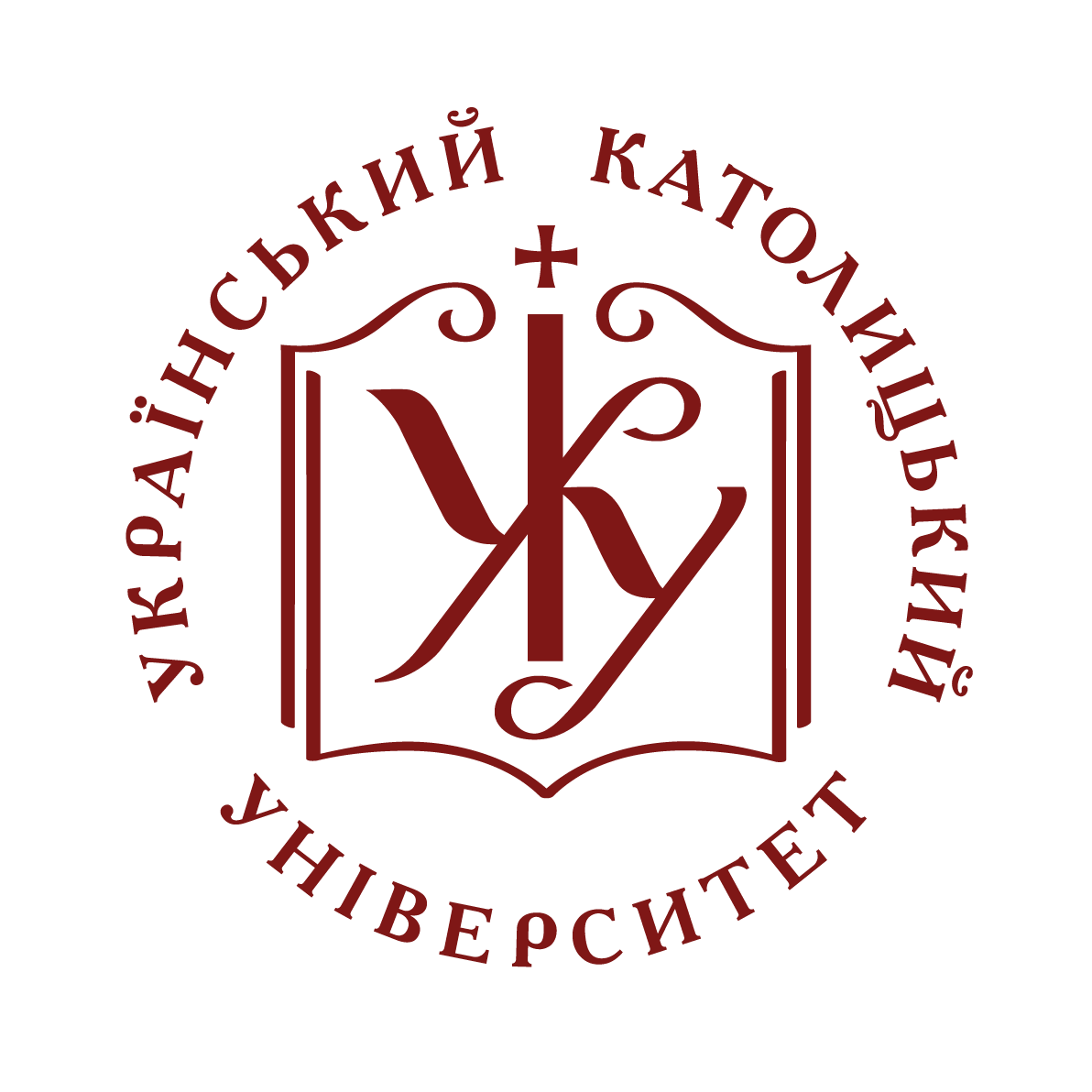- Домівка
- →
- Faculty of Humanities | Гуманітарний факультет
- →
- Кафедра культурології
- →
- Статті
- →
- Перегляд матеріалів
Сценарії JavaScript вимкнено для Вашого браузера. Деякі функції цього сайту не будуть працювати без них.
Показати скорочений опис матеріалу
| dc.contributor.author | Рутар, Христина
|
|
| dc.date.accessioned | 2020-10-05T19:51:18Z | |
| dc.date.available | 2020-10-05T19:51:18Z | |
| dc.date.issued | 2018 | |
| dc.identifier.citation | Рутар Христина. Фотографія в історичному романі: пам‘ять та доказ (на матеріалі "Музею покинутих секретів" Оксани Забужко і "Танґо смерті" Юрія Винничука) / Христина Рутар // Наукові записки Бердянського державного педагогічного університету. Серія: Філологічні науки : [зб. наук. ст.] / [гол. ред. В. А. Зарва]. Мелітополь: Видавничий будинок ММД, 2018. - Вип. XV. - С. 163-171. | uk |
| dc.identifier.uri | http://er.ucu.edu.ua/handle/1/236 | |
| dc.description.abstract | У статті розглянуто концепцію фотографії відображення реальності та як доказу. Простежено еволюцію включення фотографії у художній твір. Опираючись на теоретичну базу дослідження фотографії зроблено спробу проаналізувати два історичні романи сучасних українських письменників та використання авторами фотографії як доказу та свідчення у цих творах. Виокремлено дві фотографії та дотичні до них описи у текстах. Проаналізовано можливості фотографії у художньому тексті та зазначено, що у тексті світлина набуває рис протезу пам’яті та стає знаряддям доступу до пам’яті. Зазначено, фотографія викликає найбільшу довіру як факт, що точно відбувся. Зроблено висновок, що фотографія в історичному творі додає більшої впевненості в правдивості зображеного та описаного у художньому історичному творі, проте також додає і застереження та бажання верифікації. | uk |
| dc.language.iso | uk | uk |
| dc.publisher | Видавничий будинок ММД | uk |
| dc.rights | CC0 1.0 Universal | * |
| dc.rights.uri | http://creativecommons.org/publicdomain/zero/1.0/ | * |
| dc.subject | культурна пам'ять | uk |
| dc.subject | фотографія | uk |
| dc.subject | історичний роман | uk |
| dc.title | Фотографія в історичному романі: пам’ять та доказ (на матеріалі творів О. Забужко “Музей покинутих секретів” та Ю. Винничука “Танґо смерті”) | uk |
| dc.title.alternative | The photo in the historical novel: the memory and the evidence (based on the works of O. Zabuzhko "The Museum of Abandoned Secrets" and Yu. Vynnychuk "Tango of Death") | uk |
| dc.type | Article | uk |
| dc.status | Опублікований і розповсюджений раніше | uk |
| dc.description.abstracten | The article is considering the concept of photography as a reflection of reality and as evidence. The evolution of photography included into the novels is being traced. Basing on theoretical base of the photography research, two historical novels written by modern Ukrainian authors have been analyzed. Attention is drawn to the use of photos by authors as evidence and testimony. Two photos are separated and all storylines that are connected in novels. The abilities of photography are analyzed in text and are noted that in the text photo is obtaining features of memory prosthesis and becomes an access memory tool. In Oksana Zabuzhko novel “The museum of abandoned secrets” picture of a fox hall of Ukrainian Insurgent Army is depicted and with the help of a magical power of dream of one hero and memories of the other the photo is decoded and the story of the people depicted in the picture is told. On the cover of Yuri Vynnychuk’s “Tango of death” picture of Janovski orchestra of death camp in Lviv is used. The author is using the story of this photo, magical power of tango and desire to return and resurrect all those who are depicted on the photo and those others who were innocently killed during Holocaust. Both authors are not only using documentary photography in the novel, but are letting them to invade into the text, for highlighting the storyline (illuminating the plot) and revealing the truth thru past moments that have not been discussed. As noted, photography is evoking the biggest trust and is a tool of facts introduction that really happened – “it was there”. The author is focusing her attention on the fact that photography is very important support of memory; by letting it into the text writers unconsciously are constructing the text, as a part of true history. It is concluded that the photography in a historical novel is adding more confidence and truthfulness to everything described in the novel, also, in addition, adds warning and desire for verification. | uk |
| dc.relation.source | Наукові записки Бердянського державного педагогічного університету. Серія: Філологічні науки : [зб. наук. ст.] | uk |
Долучені файли
Наступні файли містять ліцензії, пов’язані з цим матеріалом:
Даний матеріал зустрічається у наступних зібраннях
-
Статті [5]
Articles



